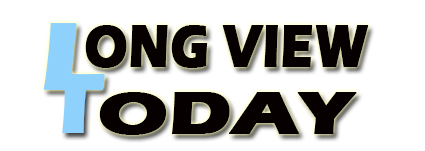Choosing the right breeding animals is a crucial choice that affects the herd’s overall future success in the ever-changing world of contemporary hog farming. What is a main factor in selecting breeding hogs? While growth rate and carcass quality are unquestionably significant, reproductive performance is by far the most significant element influencing profitability and herd efficiency as a whole. To maximize the number of healthy piglets weaned per sow and, eventually, increase productivity and financial returns, it is imperative that characteristics pertaining to litter size, fertility, and mothering capacity be given priority during the selection process.
The Significance of Litter Size and Fertility
The number of prospective market hogs that each sow can produce is directly impacted by the size of the litter, or the number of piglets born alive per litter. The herd’s total productivity is increased when sows with a history of producing larger litters are chosen. But quality shouldn’t be sacrificed for quantity. Equally important is fertility, which includes the capacity to conceive regularly and rapidly. A more effective breeding cycle is facilitated by sows who are able to conceive easily and sustain healthy pregnancies. Producers can find and choose females with the best fertility and litter size potential by putting in place a rigorous record-keeping system to monitor breeding dates, conception rates, and litter sizes.
The Crucial Role of Mothering Ability
A farrowing operation’s success depends on the sow’s capacity to provide her piglets the proper care, even in cases where the litter numbers are outstanding. A variety of characteristics are included in mothering abilities, such as the capacity for efficient nursing, protective instincts, and milk production. Strong mothering instincts increase the likelihood that sows will give their piglets the best care possible, increasing the likelihood that the offspring will survive and grow more quickly.
Leveraging Reproductive History for Superior Selection
Making educated selection decisions requires a thorough grasp of the reproductive history of possible breeding animals. An understanding of the reproductive capacities of individual sows and their lineage can be gained by examining data on litter size, farrowing interval, weaning-to-estrus interval, and piglet survival rates. Producers can discover and choose animals with the highest potential for enhanced reproductive performance by using this information in combination with Estimated Breeding Values (EBVs) for reproductive features.
Shaping Herd Success through Strategic Breeding
Buying reproductively superior animals is an investment in the hog farm’s future. By prioritizing mothering ability, litter size, and fertility during selection, producers can increase breeding herd efficiency, piglet production and profitability. A commitment to data-driven selection and smart breeding will improve the herd’s reproductive performance and ensure future generations’ success and genetic advancement. A profitable hog farm relies on carefully selecting breeding hogs with high reproductive potential.

